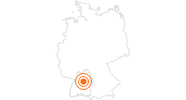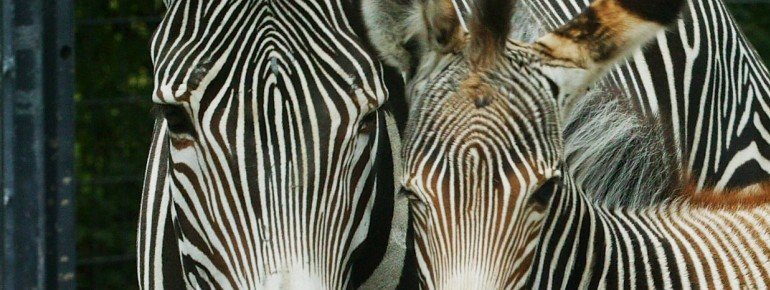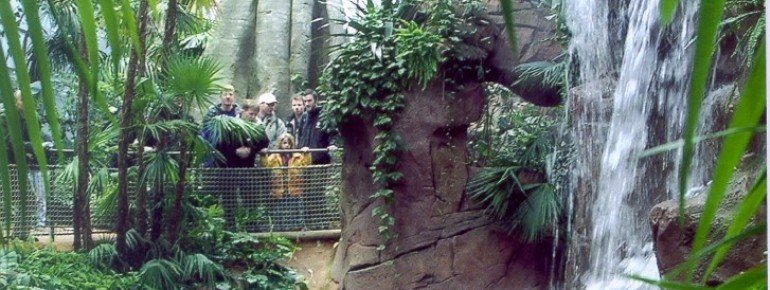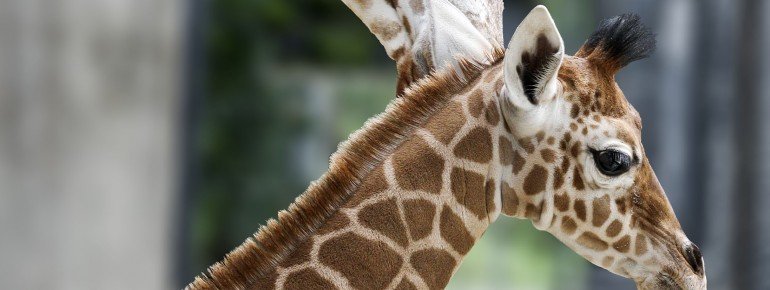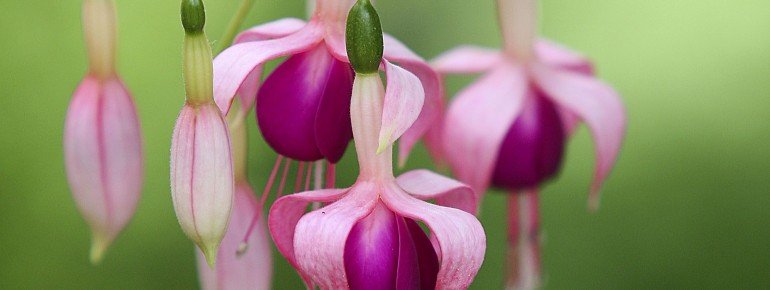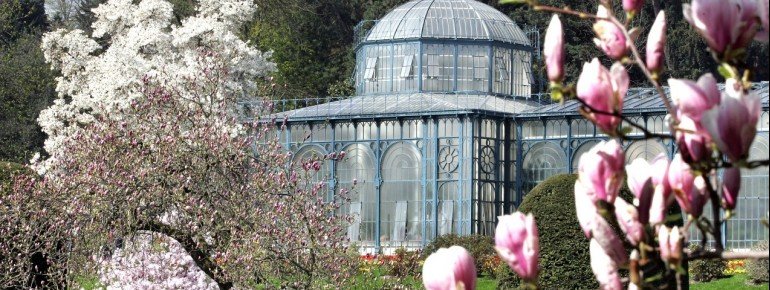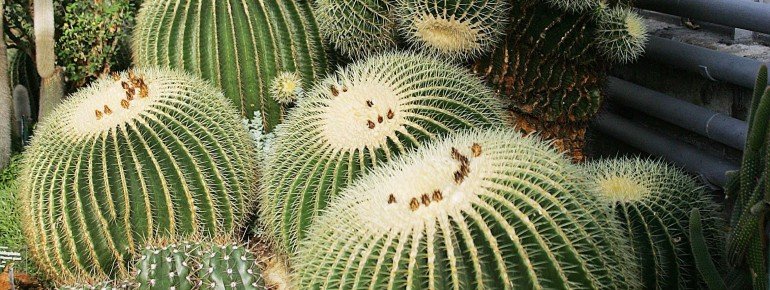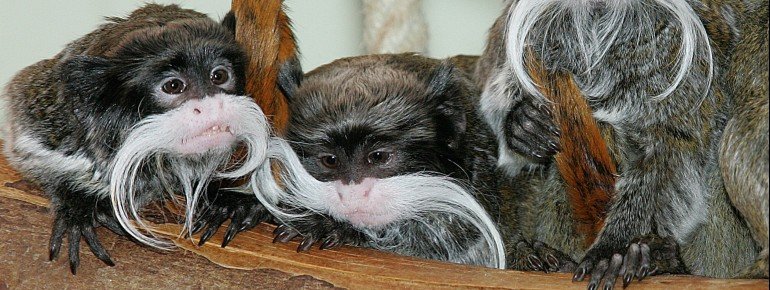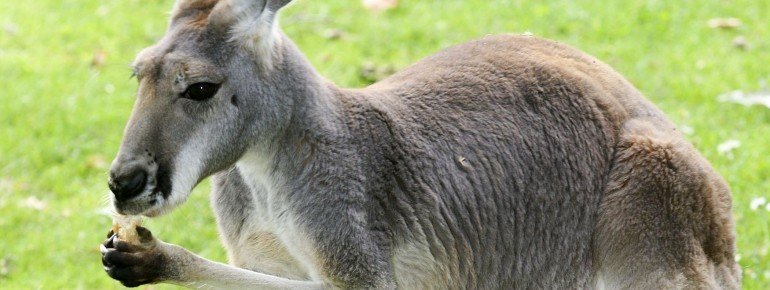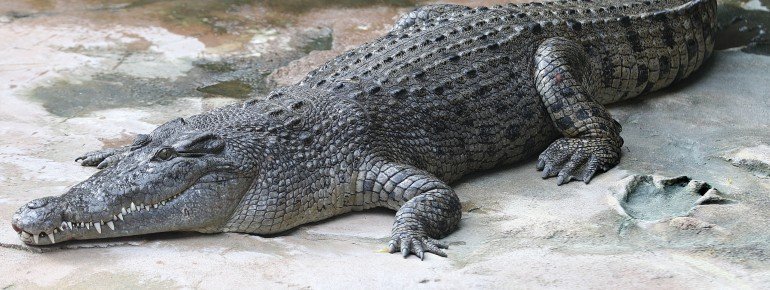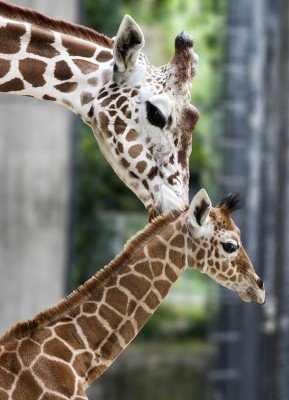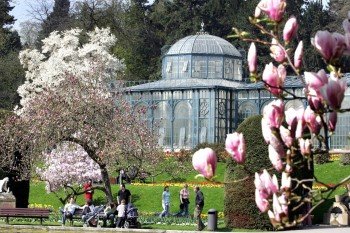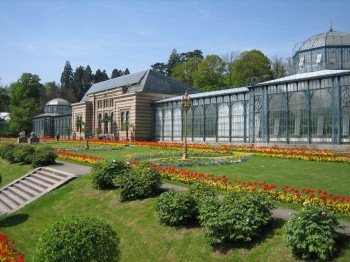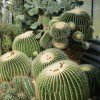Contents
Description
The Only Zoological Botanical Gardens in Germany
Wilhelma, the only zoological botanical garden in Germany, presents 9,000 animals around 1,100 different species from all over the world. Additionally, approximately 7,000 plant species are spread over the greenhouses and the historical park. As the only garden combining zoological and botanical elements in Germany, Wilhelma enjoys a special reputation among all zoos in the country. The entire park encompasses 30 ha of total surface and the former royal park of William I (Wilhelm I.) all along with historical buildings in Moorish style as well as a botanical and zoological garden.
A Habitat for African Apes
One of the major highlights is the area for African apes. The ape house is home to gorillas and Bonobo apes. All there is to know about the apes living here, their special needs and traits you can learn from the information panels. The gorilla nursery is a very special feature of the zoo as baby animals from other European zoos grow up here that couldn't be taken care of their mothers for health reasons, were disowned or whose mother died while giving birth to their young. Here they are taken care of around the clock and live in the same “neighbourhood” just next to their elder peers.
Butterfly Hall and Botanical Garden
You will love the butterfly hall! Entering this hall, you find a tropical garden with palm trees, herbaceous plants and flowers. This is where butterflies just love to be and fly around, ornamenting the hall with their beautiful colours. You might be lucky enough to see some flying in front of you or even using your body as a resting place.
The botanical garden is home to more than 6,000 plant species, among which you find orchids, camellias, azaleas, cacti and plenty more plants. These are shown in various exhibition houses as Wilhelma has its own greenhouses. In 2005 the almost impossible became possible, the botanical gardens managed to make a corpse plant blossom. Without a doubt, this plant is known to have the largest blossom in the world. With a height of 2.94 m (9.65 ft) the Wilhelma corpse flower then set the record and still holds it.
Wilhelma's Projects
Wilhelma actively promotes topics related to protection of species and nature. In this context, it participates in breeding programmes and resettlement projects. The Wilhelma School, another exciting project, offers guided tours to school classes, students and nursery groups covering botanical, zoological and ecological topics. Plain facts are complemented by live observations of the living objects in the zoo.
Historical Information
King William I (Wilhelm I.) of Württemberg
King William I already planned the construction of a Moorish bathhouse along with an orangery and a greenhouse in 1829. Due to financial issues many years had passed until the first building was finally finished. In 1842, then, it was actually built and has henceforth been called “Wilhelma”, in honour of William I. It became a residence building of the royal family.
Developing Process of the Botanical and Zoological Gardens
After William I died in 1880, the park was made available to the public and from 1919 onwards kept as a botanical exhibition garden. In 1951, the first animals were settled here, with species ranging from giraffes, zebras, antelopes to penguins. Shortly after, elephants and many other animals were to follow. And in 1958 apes were introduced to the zoo. Up to this very day, Wilhelma has remained the only zoological garden to have a breeding department for apes in all of Europe. Over the years, the zoo has become larger. In the course of the enlargement process, it has been extended by several animal units. The last compound to be added to the zoo was the ape house as well as the crocodile hall that was opened in 2006.
How to get there
By Car
- Coming from the direction of Heilbronn/ Würzburg: Take the A81 and exit at Zuffenhausen. Follow the B10 into the city until you arrive at Wilhelma.
- Coming from the direction of Ulm/ München: Take the A8 and exit at Wendlingen. Continuing on B313 you drive in the direction of Stuttgart to get to Wilhelma.
- Coming from the direction of Singen: Take the A81. Approaching the motorway intersection Stuttgart, follow the A831/ B14 into the city.
- Coming from the direction of Karlsruhe: Take the A8 and exit at Stuttgart-Vaihingen. You arrive at Wilhelma by continuing on the A831/ B14.
Wilhelma has its own car park building with a total capacity of 800 cars.
On Public Transport
- You either take underground line U14 and get off at “Wilhelma” or U13 getting off at “Rosensteinbrücke”.
- Bus lines calling at “Rosensteinbrücke” are 52, 55 and 56.
